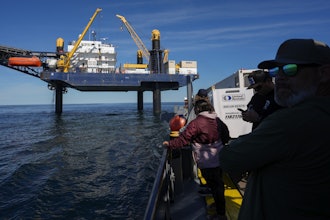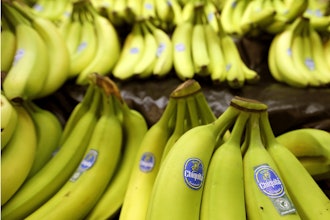
ROME (AP) — About 10 million people in North Korea are facing "severe food shortages" after the East Asian nation had one of the worst harvests in a decade, the United Nations' top food agencies said Friday. The shortfall is the result of climatic conditions such as drought and flooding as well as a lack of fuel and fertilizers — in part caused by international sanctions aimed at getting leader Kim Jong Un to abandon his nuclear weapons program.
A joint assessment from the World Food Program and the Food and Agricultural Organization estimates North Korea's production from the 2018-19 harvest was 4.9 million metric tons — the lowest in a decade. "Following the worst harvest in 10 years, due to dry spells, heatwaves and flooding, about 10.1 million people suffer from severe food shortages, meaning they do not have enough food until the next harvest," the agencies said.
An assessment mission carried out last month found "worryingly low food consumption levels, limited dietary diversity and families being forced to cut meals or eat less," they added. The situation is "particularly worrisome for young children and pregnant and breastfeeding women, who are the most vulnerable to malnutrition," it added.
The report expressed concern about a lack of dietary diversity, which is vital to good nutrition. "Many families survive on a monotonous diet of rice and kimchi most of the year, eating very little protein," said WFP's Nicolas Bidault, co-leader of the mission.
"This is worrying because many communities are already extremely vulnerable and any further cuts to already minimal food rations could push them deep into a hunger crisis," he added. FAO senior economist Mario Zappacosta, who co-led the mission, said the assessment found that wintertime conditions left crops exposed to freezing temperatures, cutting production by about one-fifth.
According to the report, teams were granted access to cooperative farms, rural and urban households, nurseries and public distribution centers and were able to speak to households, farmers, government officials and others.






















